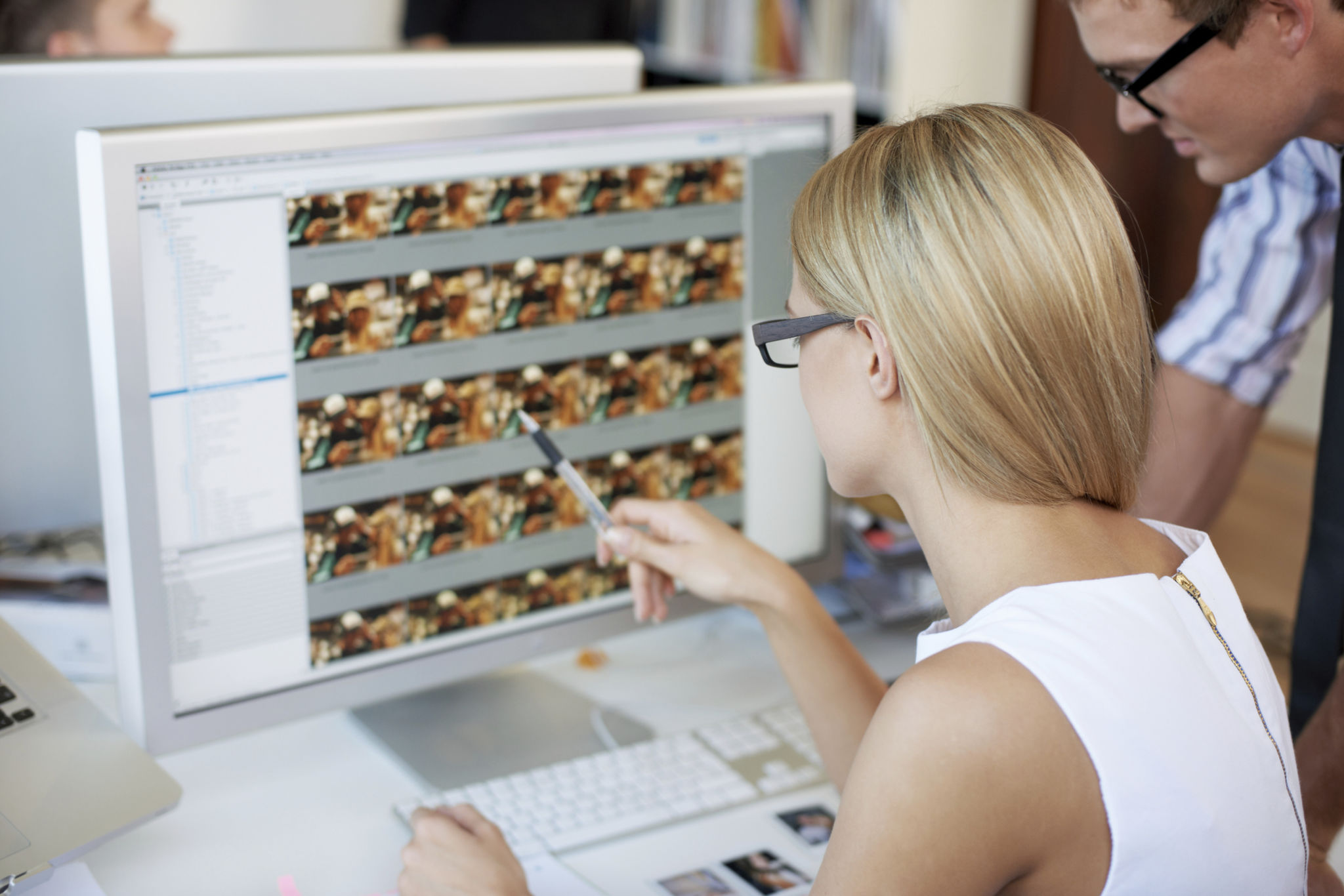Preparing for a Sports Photography Shoot: A Checklist for Beginners
Sports photography can be an exhilarating yet challenging genre for beginners. Capturing the fast-paced action requires a combination of preparation, skill, and the right equipment. To help you get started, here's a comprehensive checklist to ensure you are ready for your sports photography shoot.
Understanding Your Gear
Before heading to the venue, familiarize yourself with your camera and lenses. Sports photography typically necessitates a camera with a fast shutter speed and lenses with a wide aperture to freeze motion and capture sharp images. Consider using a DSLR or mirrorless camera with a telephoto lens to get close to the action.
Ensure your camera settings are optimized for sports photography. Set your camera to continuous shooting mode to capture multiple frames per second, and use autofocus to track moving subjects. Adjust your ISO settings based on lighting conditions; higher ISO may be necessary for indoor or poorly lit environments.

Planning Your Shoot
Arrive at the venue early to scout locations and plan your angles. Research the sport you will be photographing to understand key moments and anticipate where the best shots will occur. Familiarize yourself with the rules and structure of the game to identify potential opportunities for dynamic images.
Check the weather forecast and prepare accordingly. For outdoor events, bring weather-appropriate gear, such as rain covers for your equipment or sunscreen and a hat for sunny conditions. Dressing comfortably in layers will help you adapt to changing weather throughout the day.

Essential Accessories
Ensure you have all necessary accessories packed and ready to go. Carry extra batteries and memory cards, as sports events can last several hours, and missing a critical moment due to a lack of storage or power can be frustrating. A sturdy monopod or tripod can help stabilize your camera for long periods.
Bring a microfiber cloth and lens cleaning solution to keep your lenses free from dust and smudges. A camera bag with padded compartments will protect your gear during transit and provide easy access during the shoot.

Capturing the Action
Once the game begins, position yourself strategically to capture key moments. Keep both eyes open—one through the viewfinder and one on the field—to stay aware of the action. Anticipate movements and focus on players' faces to convey emotion in your shots.
Experiment with different angles and perspectives. Capture wide shots to show the context of the game, as well as close-ups that highlight individual players' skills and expressions. Remember to vary your compositions to keep your images dynamic and engaging.
Post-Shoot Review
After the event, review your images critically. Assess which shots worked well and identify areas for improvement. Post-processing can enhance your photos, but strive for a natural look that accurately represents the event's atmosphere.
Finally, share your work with others—either through social media, online portfolios, or by reaching out to teams and athletes. Feedback from peers can be invaluable in honing your skills as a sports photographer.

